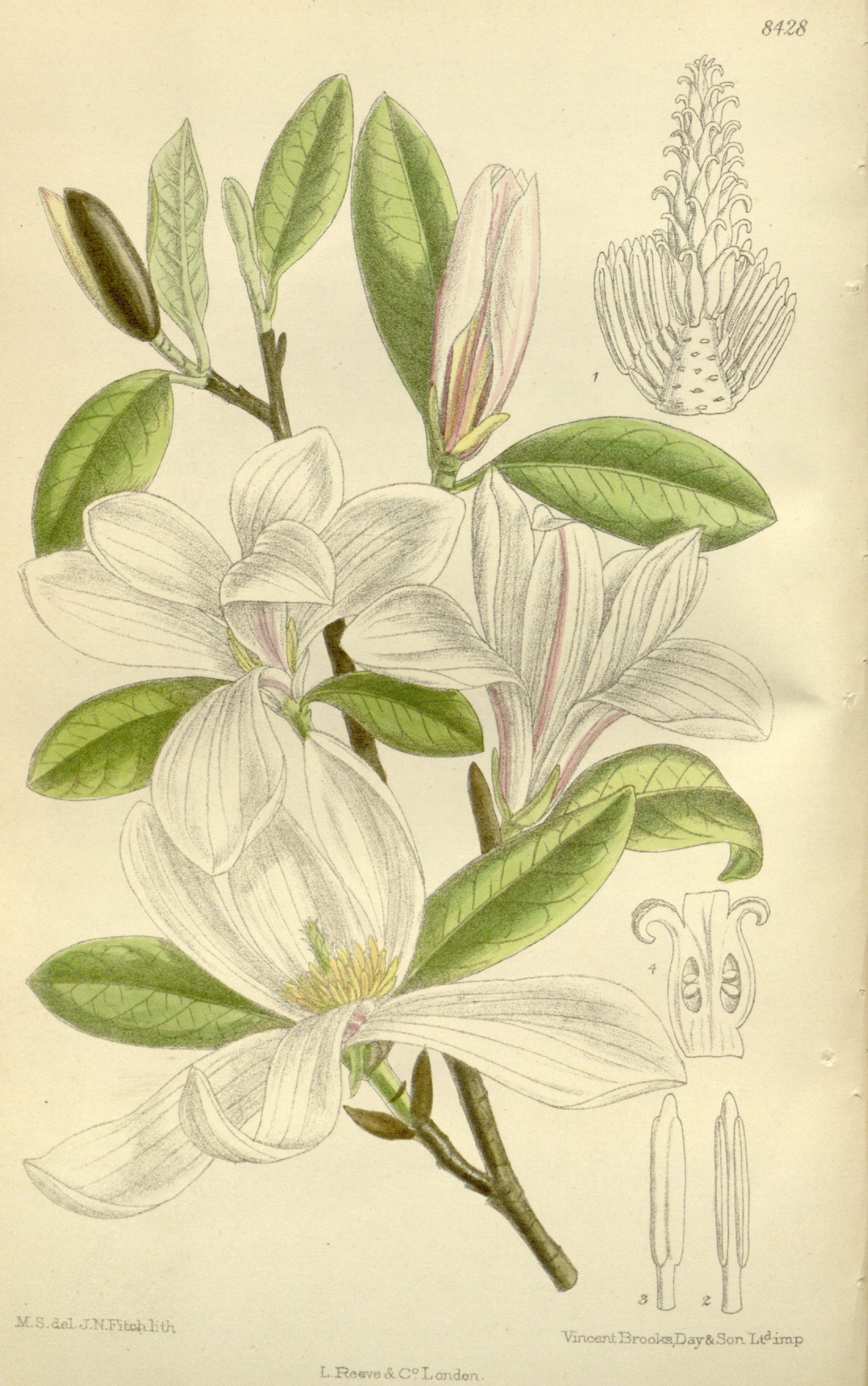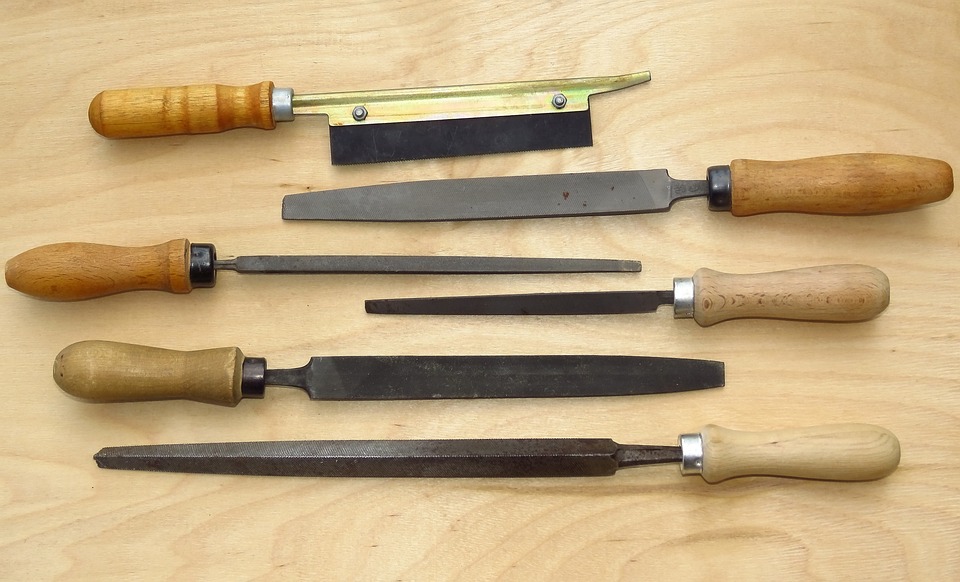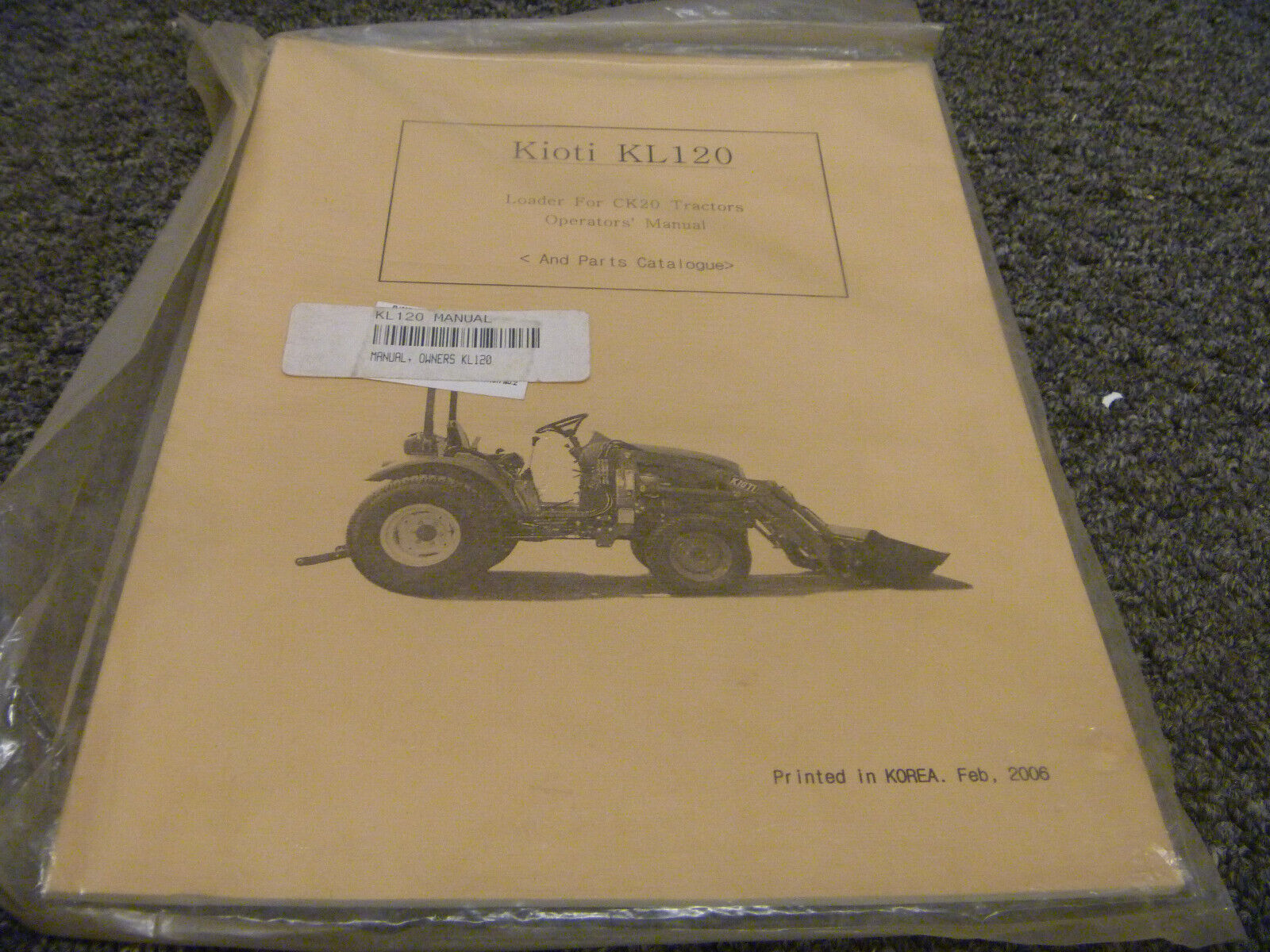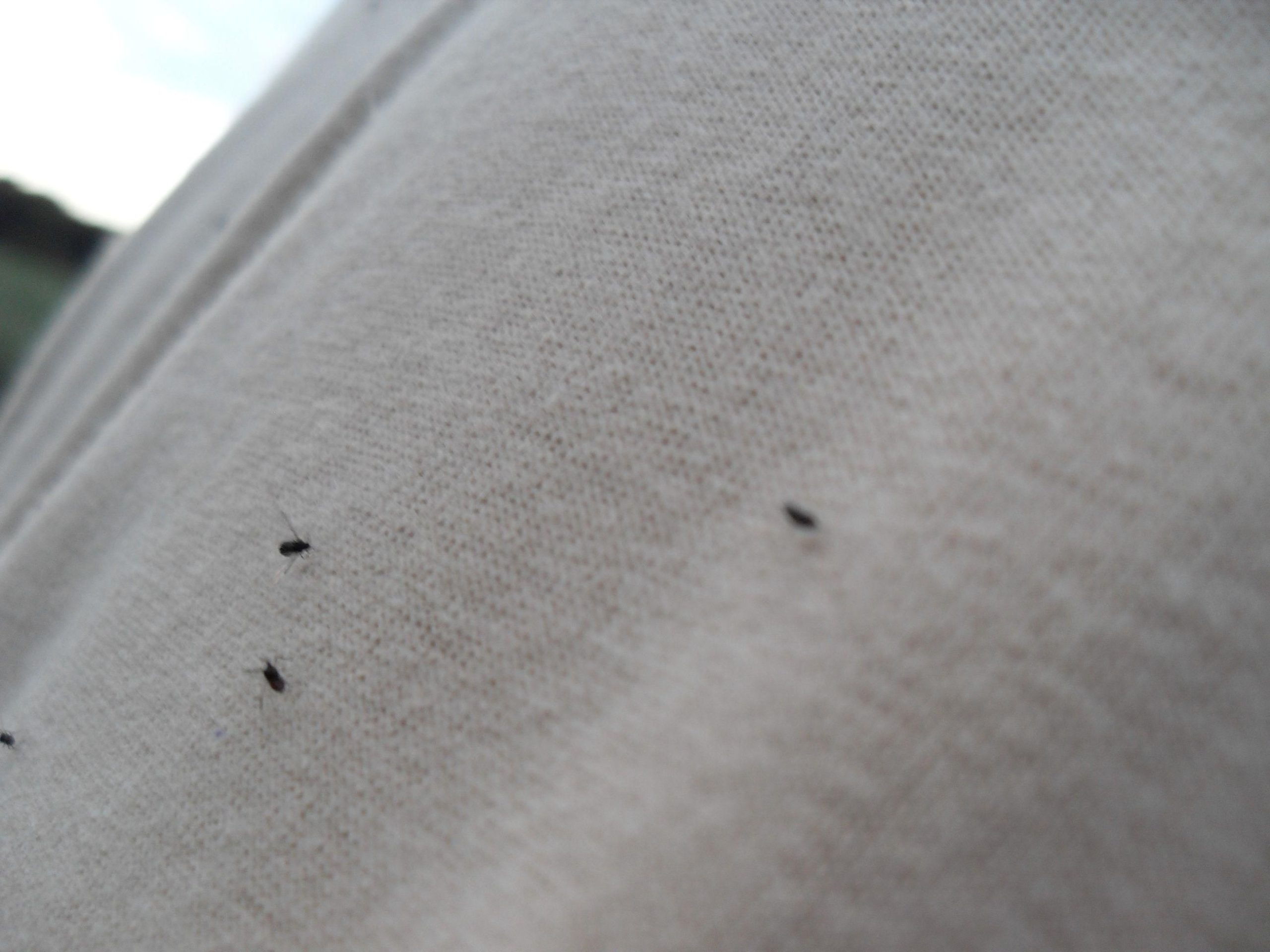Most Enthusiastic gardeners agree that gardening is a grand adventure with thrilling experiences at almost every turn. Yet as I look around among my gardening acquaintances. I am amazed to find that many miss much of the joy of their hobby by limiting their activities to the few short months of summer.
There are many ways the hobby of gardening can be an absorbing enterprise the entire year, and one of them is by allowing the seed and nursery catalogs to carry you through strange and exciting adventures during the winter.
There is an idea abroad among matter-of-fact gardeners that a seed or nursery catalog is merely sales literature for ordering plant materials. Their catalogs are discarded after their needs are ordered so as not to clutter up the house. They miss the pleasure and instruction which can be theirs from the correct use of catalogs.
To make clear what one gardener thinks is correct use, let me recount a few of the exciting adventures that have come my way during the years in which I have let seed and nursery catalogs be a part of my year-round living, but please overlook the perpendicular pronoun if it becomes too prominent!
Let us assume that this winter evening a raging blizzard prevents you from going out. A new seed catalog has arrived in the day’s mail. Your evening is not lost, because your catalog will provide you entertainment if you will approach it in the right manner. As you sit down in your snowbound living room, let us suppose that your catalog falls open to the muskmelon section and that your attention is directed to one of the new hybrids.
Its description is so enticing you wonder what gardeners did before the days of hybrids. Then begins a delightful journey into the past, and if I happened to be the snowbound gardener, the journey would go something like this: I would reach for my file of old catalogs to be reminded of some of ths; good old varieties perhaps no longer available. I could no doubt recall the first time I tasted the superb quality. Then my glance might fall on an old Maurice Fuld catalog, and fancy would surely run rampant, finally coming to rest, no doubt, on a Japanese variety-perhaps, with “the sweetness of `honey dew’ and the delightful flavor of a high quality pear.”
From here, I might travel the uncertain road followed by De Candolle throughout the world in his search for the muskmelon’s origin. I would see Africans on the banks of the Niger gathering and eating little wild plum-sized melons which Thonning named Cucumis arenarius; and inhabitants of Northern India eating the wild form, which Roxburgh called C. turbinatus. A variable plant with fruit from the size of a plum to that of a lemon, its flesh may be sweet, insipid (such as some of the modern kinds we grew the past sunless summer) or slightly acid.
My mental wanderings would next take me to the hills of Persia, now Iran, where in modern times the world’s best melons are grown. Then, if I had more time and did not get too sleepy, I could follow the muskmelon from its introduction into Europe, perhaps about the beginning of the Christian era, to the present, savoring many of my own cultures during the years that I have grown muskmelons. Eventually I would return to the new hybrid described in my new catalog.
As you can see the world of the landscape and garden does not only happen in the greenhouse or outside in the dirt.
About the Author:We’ve created the perfect resource for you on the topic of ligustrum bonsai care. Visit us at http://www.plant-care.com/1601-ligustrum-bonsai.html.




